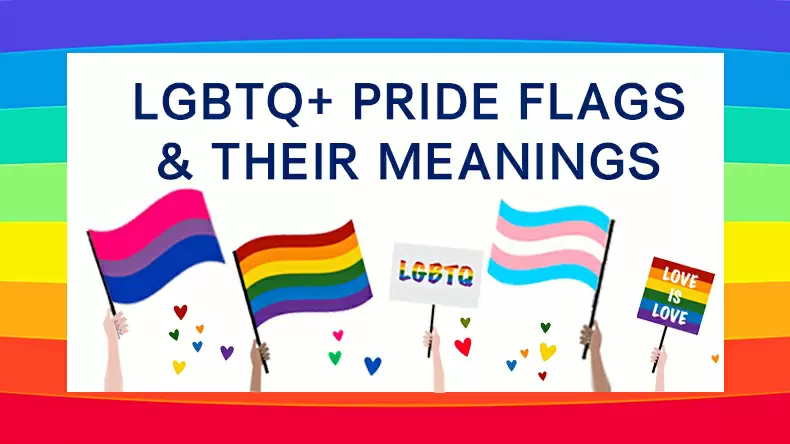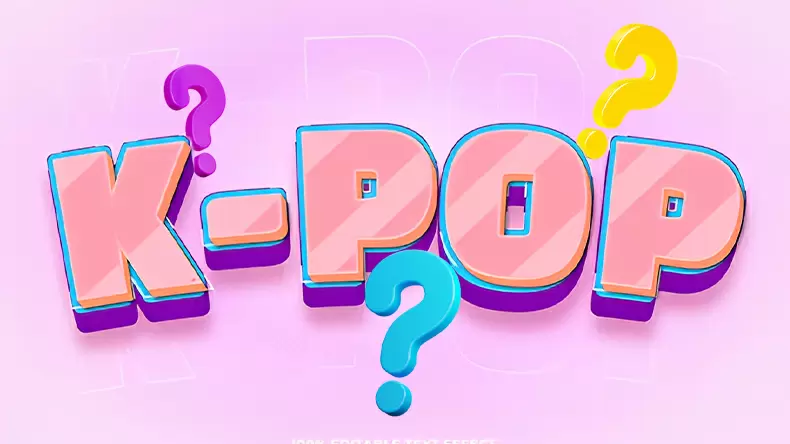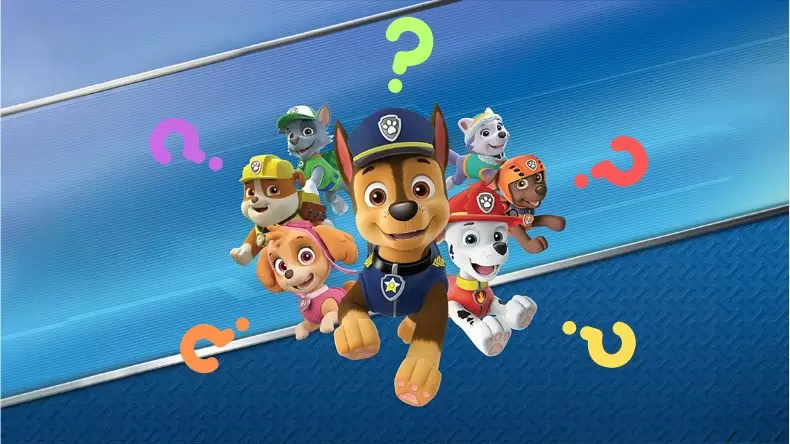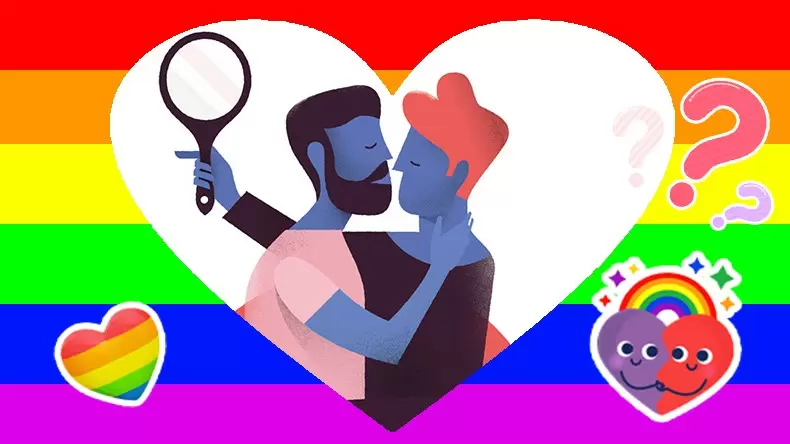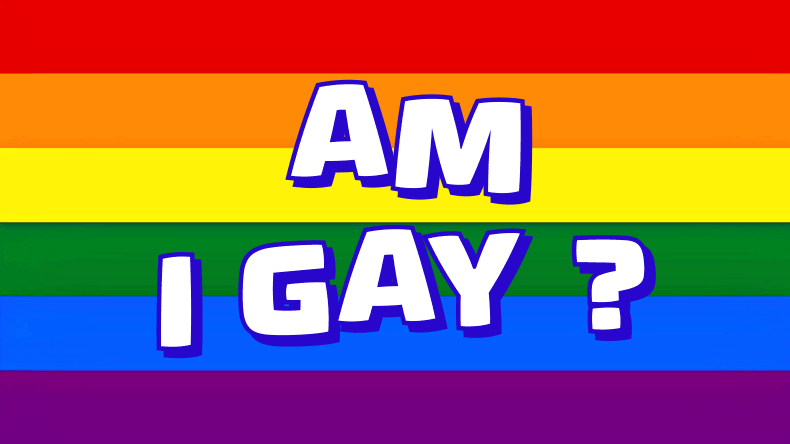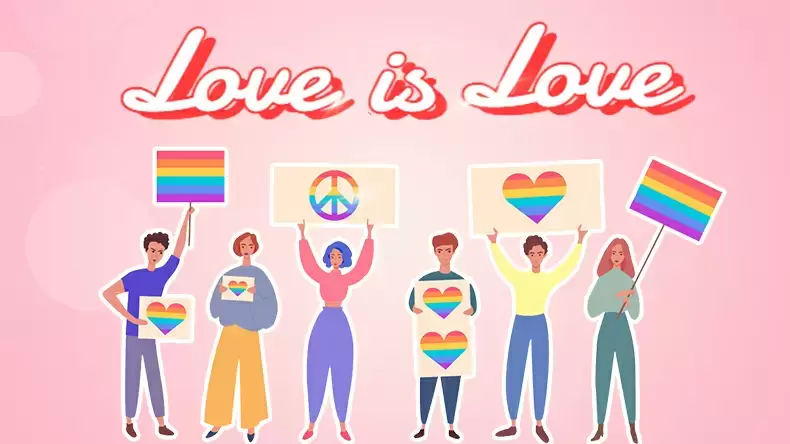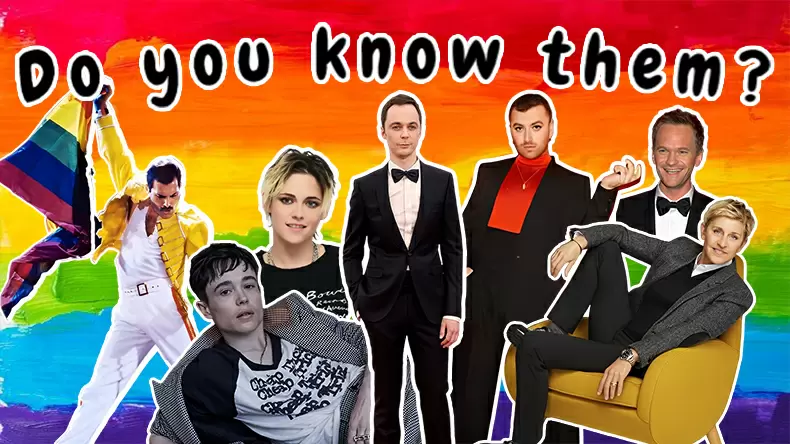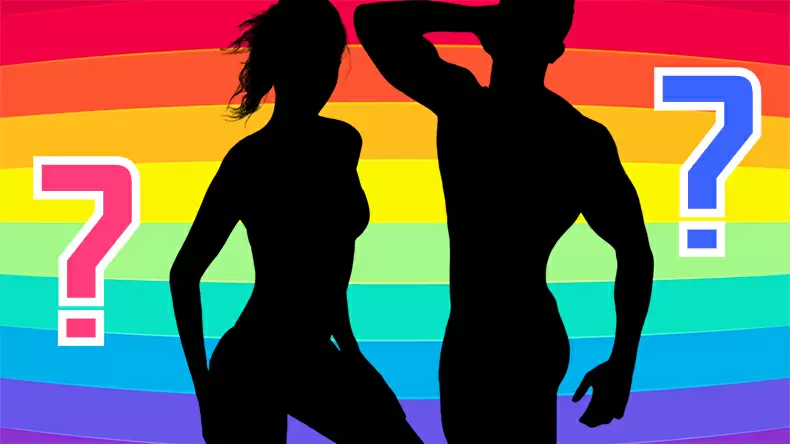Which LE SSERAFIM Member Are You? Quiz
Are you interested in learning about the diverse and vibrant LGBTQ+ community? Taking an LGBTQ+ quiz is fun and helpful for you to know more about the LGBTQ+ community! By taking the quiz, you'll get the chance to learn about the different Pride Flags and what they symbolize. The LGBTQ+ community has a rich history and culture, and each Pride Flag represents a unique aspect of that community. So, put your knowledge to the test and see how much you know about the different LGBTQ+ Pride Flags and what they stand for. Let's celebrate and honor the diversity within the LGBTQ+ community! 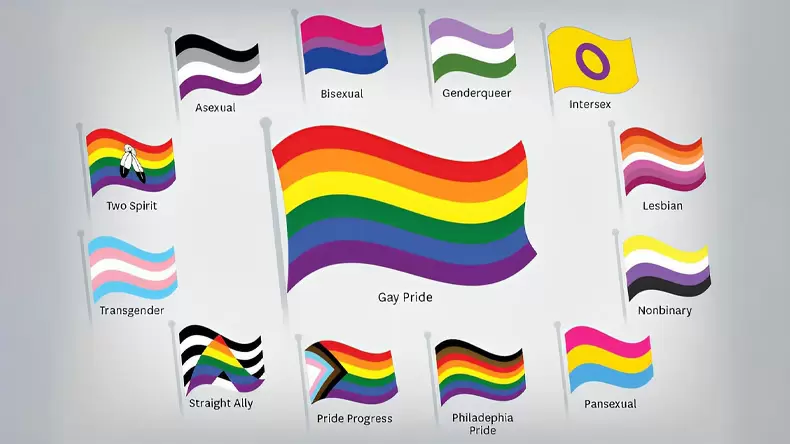
About LGBTQ Pride Flag
The LGBTQ Pride flag is a symbol of the lesbian, gay, bisexual, transgender, and queer (LGBTQ) community. The flag was first created in 1978 by Gilbert Baker, a gay rights activist, to represent the diversity and unity of the LGBTQ community.
The original flag featured eight colors, each with a different meaning: pink for sex, red for life, orange for healing, yellow for sunlight, green for nature, turquoise for magic and art, blue for serenity and harmony, and purple for spirit. However, due to availability issues, the flag was later simplified to six colors: red, orange, yellow, green, blue, and purple.
The meaning of the colors in the simplified flag has also evolved over time. Red represents life, orange represents healing, yellow represents sunlight, green represents nature, blue represents harmony, and purple represents spirit. The flag has become a widely recognized symbol of LGBTQ rights and pride and is often flown at LGBTQ events and parades.
The flag has also inspired many variations and adaptations, such as flags that specifically represent different sub-groups within the LGBTQ community, such as the transgender pride flag and the bisexual pride flag. These flags often use variations of the original colors to represent the unique experiences and identities of these groups.

